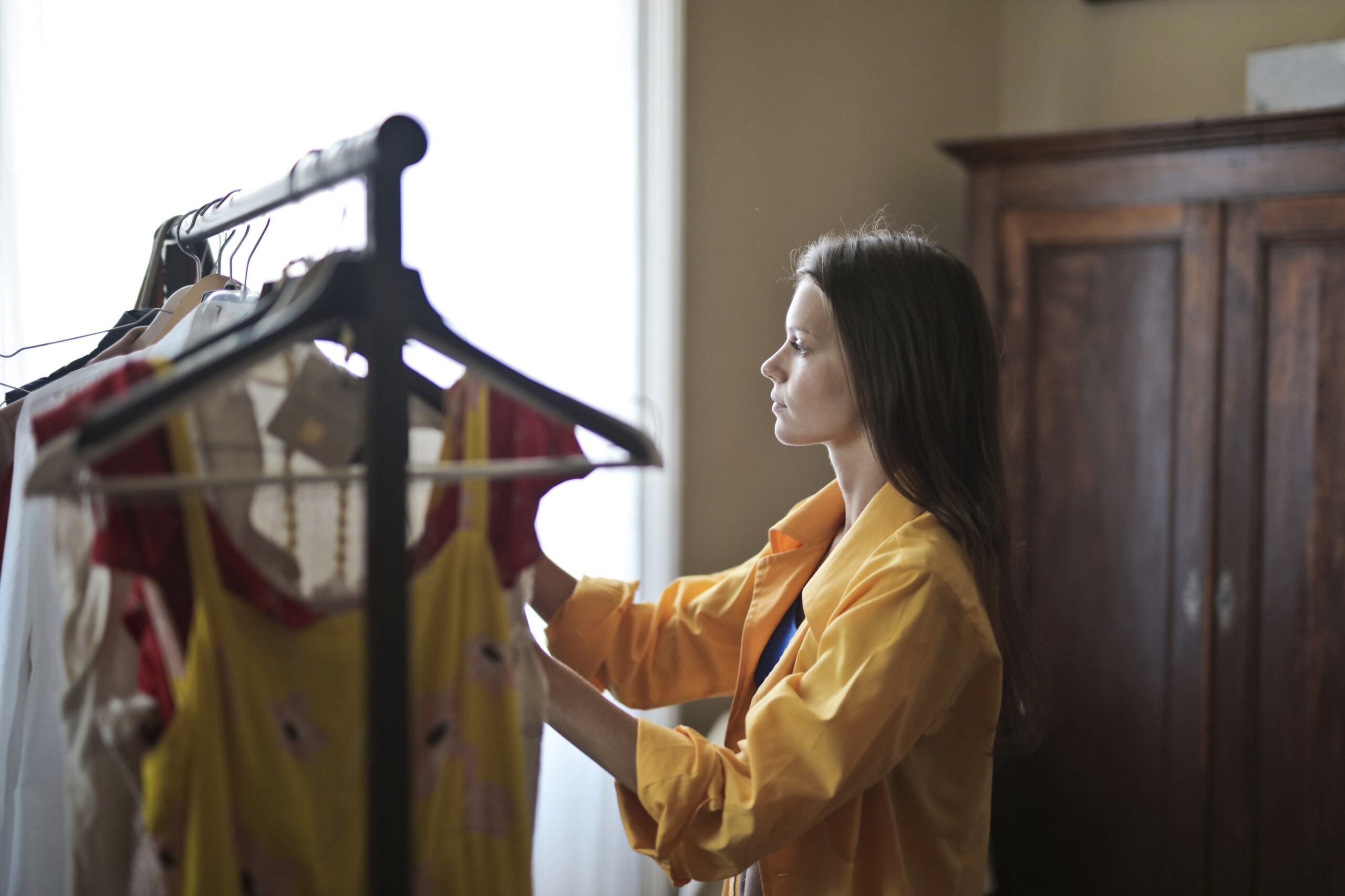In recent years, the fashion industry has witnessed a remarkable evolution through the trend of designer collaborations. This phenomenon, where established fashion designers partner with brands, retailers, or even other designers, has transformed the landscape of luxury and streetwear alike. These collaborations not only bring fresh perspectives to the fashion scene but also create unique products that appeal to a wider audience. In this article, we’ll explore the significance, evolution, and impact of designer collaborations on the fashion industry.
The Concept of Collaboration
Designer collaborations are not a new concept. They have roots in the world of art, music, and fashion, dating back to the early 20th century when artists collaborated with commercial brands to create exclusive pieces. However, the modern era of designer collaborations can be traced back to the 1980s and 1990s when renowned designers began partnering with high-street brands to create accessible luxury. The goal was to merge high fashion with everyday wear, making stylish pieces available to the masses.
Notable Collaborations
One of the most significant milestones in designer collaborations was the partnership between H&M and Karl Lagerfeld in 2004. This collaboration marked a turning point, making high fashion accessible to a broader audience. The limited-edition collection sold out almost instantly, setting the stage for future collaborations. Since then, H&M has collaborated with numerous designers, including Balmain, Alexander Wang, and Giambattista Valli, each creating buzz and excitement around the brand.
Another notable collaboration is the ongoing partnership between Nike and various designers, such as Off-White’s Virgil Abloh. This collaboration has revolutionized sneaker culture, blending streetwear aesthetics with high fashion sensibilities. The limited-edition releases often sell out within minutes, showcasing the immense demand for unique and creative footwear.
The Benefits of Collaborations
Designer collaborations offer numerous benefits for both designers and brands. For designers, these partnerships provide an opportunity to reach new audiences and expand their brand’s visibility. Collaborating with a well-known brand can introduce a designer to customers who may not be familiar with their work, thereby increasing brand awareness.
For brands, partnering with established designers adds a layer of prestige and creativity to their offerings. It allows them to tap into the designer’s creative vision, resulting in unique products that stand out in a crowded market. Furthermore, collaborations often generate significant media attention, creating buzz that can boost sales and brand reputation.
The Impact on Consumer Culture
Designer collaborations have also reshaped consumer culture. The hype surrounding limited-edition collections often leads to a frenzy of demand, with consumers eagerly waiting in line or participating in online drops to secure exclusive items. This culture of scarcity adds to the allure of the products, as owning a piece from a designer collaboration often signifies status and exclusivity.
Moreover, these collaborations have democratized fashion, allowing consumers to access high-quality designs at more affordable price points. While the products may still carry a premium price tag, they are often significantly more accessible than the designer’s mainline collections. This shift has encouraged a more diverse range of consumers to engage with fashion, blurring the lines between luxury and mass-market products.
Challenges and Criticisms
Despite their success, designer collaborations are not without challenges. Some critics argue that collaborations can dilute a designer’s brand identity, as the partnership may prioritize commercial success over artistic integrity. Additionally, the fast-paced nature of these collaborations can lead to concerns about sustainability and ethical production practices.
In response, many designers and brands are now focusing on creating meaningful collaborations that align with their values. For instance, some partnerships are centered around sustainable fashion, using eco-friendly materials and production methods to create limited-edition pieces. This approach not only addresses consumer concerns but also reinforces the idea that fashion can be both stylish and responsible.
The Future of Designer Collaborations
As the fashion industry continues to evolve, the trend of designer collaborations shows no signs of slowing down. The rise of social media has amplified the reach of these partnerships, allowing brands to connect with consumers in innovative ways. Influencer collaborations, where popular social media figures partner with brands to create exclusive lines, are also becoming increasingly common.
Looking ahead, we can expect to see more collaborations that embrace diversity and inclusivity, as brands seek to reflect the changing demographics of their consumer base. Additionally, the focus on sustainability will likely play a crucial role in shaping future partnerships, as consumers increasingly demand eco-conscious practices from the brands they support.
Conclusion
Designer collaborations represent a dynamic intersection of creativity, commerce, and consumer culture. By merging the visions of established designers with the reach of popular brands, these partnerships create unique and exciting products that resonate with a wide audience. As the fashion landscape continues to shift, collaborations will remain a powerful tool for innovation, inclusivity, and sustainability, ensuring their place in the future of fashion.



